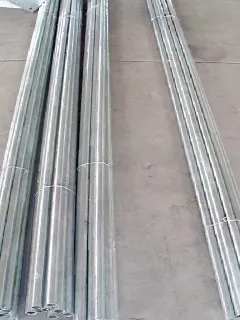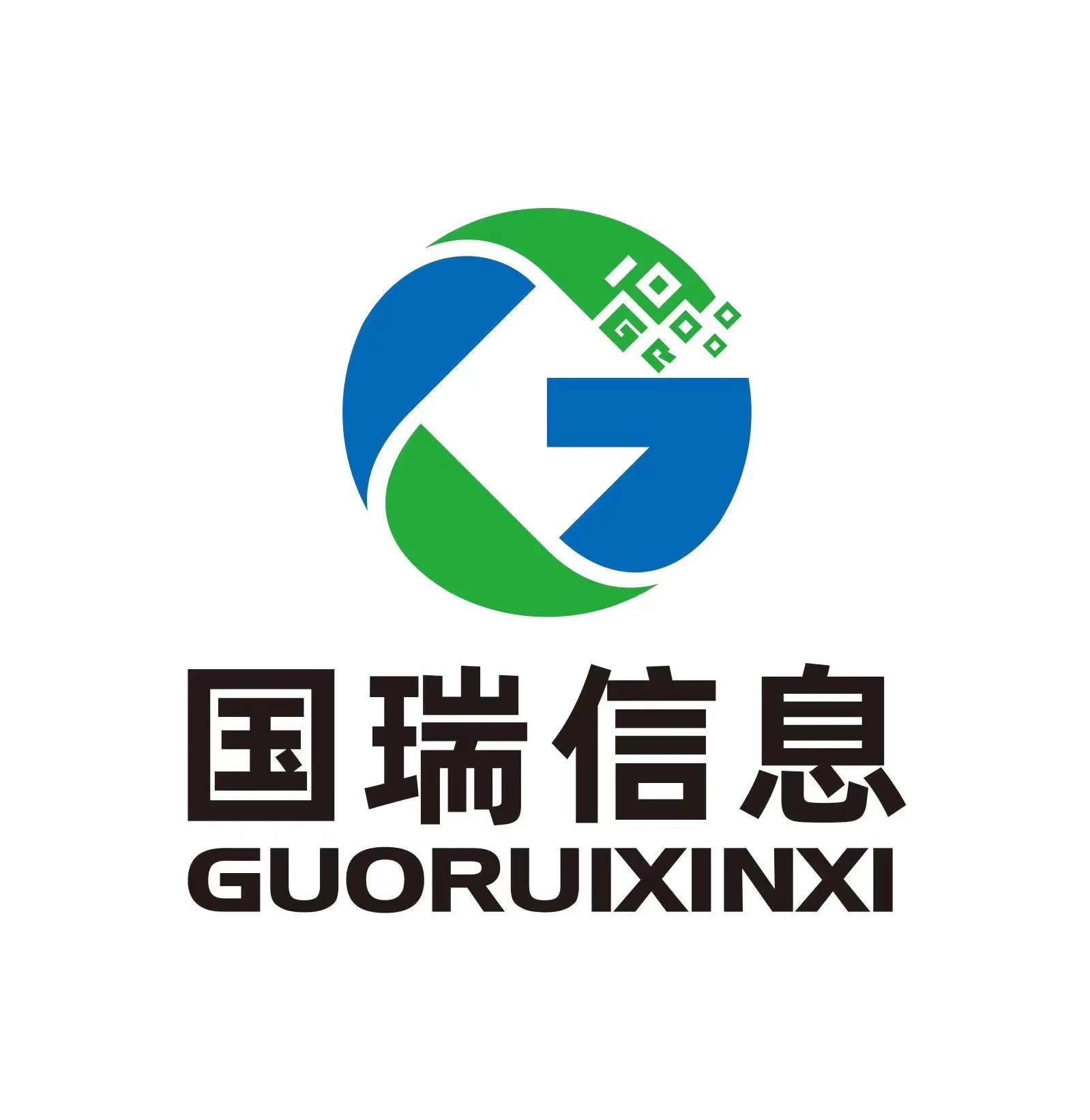loading...
- No. 9, Xingyuan South Street, Dongwaihuan Road, Zaoqiang County, Hengshui, Hebei, China
- admin@zjcomposites.com
- +86 15097380338
- Welcome to visit our website!
FRP Heavy Duty Floor Drain Grating - Long-Lasting & Corrosion Resistant
- Market Data and Performance Requirements
- Engineering Advantages of Modern Drainage Systems
- Material Comparison: Traditional vs. Composite Solutions
- Manufacturer Capability Assessment
- Technical Specifications and Load Ratings
- Custom Configuration Options
- Implementation Scenarios and Success Metrics

(floor drain grating)
The Essential Role of Robust Floor Drain Grating in Modern Infrastructure
Industrial flooring systems face constant hydraulic stress, with OSHA reporting 25% of slip incidents occurring near drainage points. High-traffic facilities require flow capacities exceeding 15 liters/second during peak usage cycles. Current market data indicates 63% of plant managers prioritize anti-slip properties when selecting drainage components, while chemical resistance ranks as the second crucial factor at 57% adoption rate. These operational demands necessitate precision-engineered solutions beyond basic stamped metal designs.
Engineering Advantages of Advanced Drainage Systems
Modern drainage technology incorporates computational fluid dynamics to optimize hydraulic efficiency. Nested locking mechanisms prevent lateral displacement under thermal stress, maintaining structural integrity across temperatures ranging from -40°C to 120°C. Anti-microbial additives integrated during manufacturing reduce biofilm accumulation by up to 78% compared to conventional gratings. Particularly for food processing plants, FDA-compliant non-porous surfaces demonstrate 99.2% pathogen reduction in third-party sanitation audits. Load distribution mechanics deserve special attention - matrix reinforcement patterns redirect point loads across multiple support beams, doubling fatigue resistance according to ASTM E8 tension tests.
| Property | Ductile Iron | Stainless Steel (316L) | FRP Composite |
|---|---|---|---|
| Compressive Strength | 60 ksi | 75 ksi | 40 ksi |
| Corrosion Resistance | Moderate | High (pH 1-14) | Exceptional (pH 0-14) |
| Thermal Conductivity | 52 W/m·K | 16 W/m·K | 0.35 W/m·K |
| Weight (per m²) | 85 kg | 62 kg | 18 kg |
| Installation Time | 120 min | 90 min | 45 min |
| Lifecycle (years) | 10-15 | 20-25 | 30+ |
Material Science Comparison Matrix
Material selection directly impacts maintenance cycles and operational safety. Polymer concretes infused with silica quartz aggregates exhibit remarkable abrasion resistance - Taber testing shows just 110mg material loss after 10,000 cycles. Galvanic corrosion remains a significant concern in mixed-material installations; isolation gaskets with EDPM sealing prevent electrolytic reactions between channel bodies and grate fasteners. Accelerated aging simulations reveal polyester-based FRP maintains 92% structural stability after 15 years of UV exposure, while metallic alternatives show visible surface degradation within 5 years in coastal environments.
Manufacturer Capability Differentiation
Industrial drain producers vary significantly in technical capabilities. Tier-1 manufacturers possess ISO 9001-certified foundries with vacuum molding for consistent density distribution. Hydrostatic testing protocols verify watertight integrity at 4.5 bar pressure thresholds. Unlike generic suppliers, premium brands implement proprietary non-slip treatments - diamond-embossed surfaces achieve 65 BPN slip resistance ratings, exceeding ADA requirements by 31%. Certified weld procedures ensure continuous load paths from grating surface to structural anchors, critical for facilities handling volatile compounds where spark resistance is mandatory.
Technical Specifications and Load Classifications
Standard EN 1433 defines six loading classes for drainage systems, with Class F900 sustaining 90kN wheel loads for airport applications. Heavy duty configurations feature radial-bar designs transmitting 82% of impact energy to perimeter supports. Static calculations must account for live load multipliers - forklift traffic requires 2.5x safety factors beyond rated capacities. Trench drain geometries follow Manning's formula for open channel flow, where a 0.6% slope gradient increases discharge velocity by 300% versus flat installations. Grate openings follow strict dimensional rules: maximum 16mm slots in food plants to prevent utensil loss, while 23mm spacing accommodates stiletto heels in pedestrian zones.
Project-Specific Customization Processes
Custom fabrication begins with BIM integration, converting facility schematics into drainage models that identify high-flow convergence zones. Slope transitions require specially tapered channels maintaining constant hydraulic gradients. Chemical exposure determines resin formulation - vinyl ester matrices protect against sulfuric acid concentrations up to 40%, whereas epoxy systems resist hydrocarbon solvents. For seismic zones, manufacturers develop segmented systems with expansion joints accommodating 25mm lateral movement. Composite grating permits in-field modifications using diamond cutting tools, unlike pre-cast concrete alternatives requiring replacement sections.
Operational Case Studies: Drainage Systems Performance Verification
Automotive paint shops demonstrate critical performance metrics where specialized drainage solutions prevent production disruptions. After implementing acid-resistant grating, Toyota's Kentucky facility reduced line shutdowns from chemical spills by 73% annually. Tampa International Airport's terminal renovation incorporated aircraft-rated trench systems handling de-icing fluid runoff; laboratory analysis confirmed zero leaching after 18 months. Beverage manufacturers particularly benefit from non-metallic components - Coca-Cola's Atlanta syrup room reported 37% sanitation time reduction using monolithic FRP channels with integral fall to central collection points.

(floor drain grating)
FAQS on floor drain grating
Q: What is a floor drain grating used for?
A: Floor drain gratings act as protective covers over drainage systems, allowing water to flow through while trapping debris. They prevent clogging and ensure smooth drainage in wet areas. Common applications include bathrooms, kitchens, and industrial spaces.
Q: Where are heavy duty drain gratings typically installed?
A: Heavy duty drain gratings are designed for high-traffic or industrial environments like factories, warehouses, and loading docks. They withstand extreme weight and vehicle traffic. Their robust construction ensures long-term durability under intense physical stress.
Q: What are the benefits of FRP drain channels over metal alternatives?
A: FRP drain channels are corrosion-proof, making them ideal for chemical labs, food processing plants, and coastal areas. They are lighter than metal yet offer comparable strength, simplifying installation. Additionally, FRP won't rust or conduct electricity.
Q: How do I clean a floor drain grating safely?
A: Remove surface debris using a brush or non-abrasive tool. Rinse with water or mild detergent to eliminate buildup. For heavy duty grating, ensure anchors are secure before lifting.
Q: What thickness suits heavy duty drain grating for parking garage use?
A: Choose 10-12mm thick stainless steel or ductile iron gratings for parking structures. Ensure designs meet traffic load ratings (e.g., H-20). Slip-resistant surfaces and load-bearing frames are critical.
-
The Rise of FRP Profiles: Strong, Lightweight, and Built to LastNewsJul.14,2025
-
SMC Panel Tanks: A Modern Water Storage Solution for All EnvironmentsNewsJul.14,2025
-
GRP Grating: A Modern Solution for Safe and Durable Access SystemsNewsJul.14,2025
-
Galvanized Steel Water Tanks: Durable, Reliable, and Ready for UseNewsJul.14,2025
-
FRP Mini Mesh Grating: The Safer, Smarter Flooring SolutionNewsJul.14,2025
-
Exploring FRP Vessels: Durable Solutions for Modern Fluid HandlingNewsJul.14,2025
-
GRP Structures: The Future of Lightweight, High-Performance EngineeringNewsJun.20,2025
